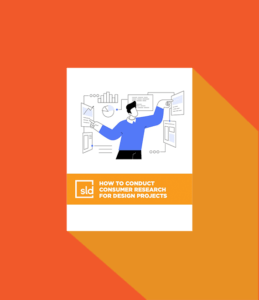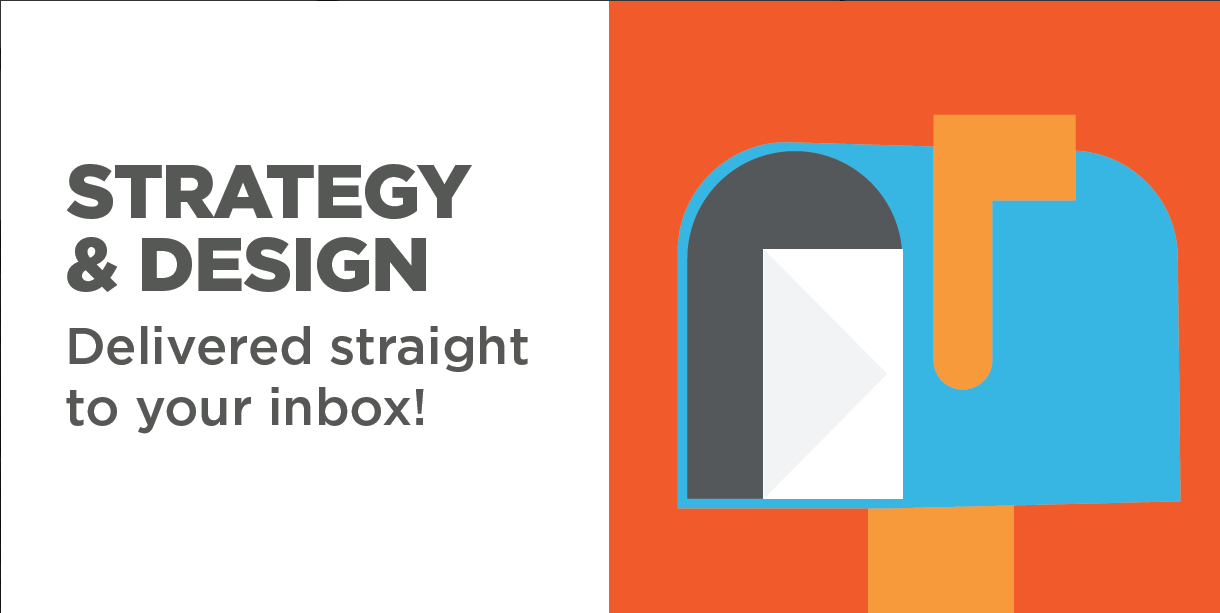Before launching a new package, store design, logo, or brand design, it’s important to gain consumer insights and feedback. It’s never been easier to research design concepts: platforms like SurveyMonkey, Qualtrics, and Pollfish provide sophisticated testing tools and access to consumer panels across the continent. However, not all research is created equal. To get the most out of design concept research, you need to understand best practices, practical tips, and limitations. In this blog, we’ll explore these aspects of design concept research.
There are a few ways research can test design concepts. These are the most commonly used methods for retail, brand, and package design:
- Prototype testing
- Online surveys or A/B tests
- Focus groups
- Market testing
Of these methods, prototypes and market tests are the most reliable because they most closely replicate the real-world experience for the consumer. However, they can be logistically and financially challenging. On the other hand, focus groups and online studies can be executed quickly, at a fraction of the cost. Therefore, we will focus on these most common methods.
Design Concept Best Practices
- Partner with an experienced design researcher. Although someone with little research experience can put together a questionnaire and launch a study, conducting research with no expertise can lead to unreliable results. Simple mistakes, such as not knowing when to use randomization, can skew results significantly. If you want to be able to rely on research, you need an experienced hand guiding the process.
- Create high-quality stimuli. Design concept research is unique in that it requires participants to look at visuals or other stimuli outside their natural context. It’s of the utmost importance you use the best quality imagery or footage available, and that you provide sufficient contextual information.
Mixed methods provide better results. Relying on a single method is risky. Qualitative research can provide rich insights, but they may not be representative of the wider population. Quantitative research offers us confidence in statistical significance but it can be hard to ensure those results translate to a real-world user.


Image Source: Shutterstock
Tips and Tricks – Focus Groups
Gathering a group of consumers who fit your customer personas to discuss potential design ideas requires a gentle but firm moderator and top-quality stimuli. Here are some other tips to help you get the most out of a focus group.
- The point in the process where focus groups are most useful is before you start design work. A classic category-based focus group can elicit information beyond the common needs and pain points and helps design teams develop a personal sense of the customer.
- For retail environments, another useful approach is customer journey mapping. In this approach, customers are asked to walk through the steps they take when they visit this type of store. This can be accomplished through video diaries as well as in-person sessions.
- Allow participants to provide feedback through a range of means. For example, in addition to verbal responses, anonymous voting throughout the session may reduce the influence of a dominant voice. Adding a short questionnaire at the end of a session can allow quieter voices an opportunity to say something they’ve been holding back.
Tips and Tricks – Online Design Concept Surveys
Here are some tips that can help improve the reliability of your results when seeking consumer feedback on design concepts through a digital survey.
- Get consumers to think about the real-world scenario. Ask them about the last time they went shopping or about a mall close to their home. Accessing memories creates an image in the mind that is much more reliable than an imagined scenario.
- When comparing multiple options, the stimuli for each option should be identical. For example, if you are comparing logo designs there should be a black-and-white option, a full-color option, and an option with a tagline shown in the same order for each concept, with an identical copy. Deviating from an apples-to-apples comparison will skew results.
- When comparing multiple options, conduct a monadic study. This is essentially an A/B test where Group A participants only see Concept A, and Group B only sees Concept B. Asking consumers to compare A to B is extremely unreliable due to sequential bias and is never recommended. Randomizing the order of concepts is not a trustworthy substitute for a monadic test.
- Ensure your stimuli are easy to see and understand. Use high res photo-realistic renderings or professional photography, and if video is available, ensure it’s crystal clear and loads properly in the platform. Identify the stimuli with clear, straightforward language (no “selling” the concepts please!) and ensure the copy matches when you’re testing multiple concepts.
The Limitations of Design Concept Research
Normally consumers would encounter a package in a grocery store or see a store for the first time as they walk through the mall. Evaluating 2D images or video footage doesn’t reproduce the same experience. Design concept researchers must attempt to compensate for this shortcoming where possible. Even when you’ve done everything you can, you’ll likely face the intention-action gap. This is the difference between participants’ stated intention in research and their actual behavior in the real world – it doesn’t always line up! This means you will need to consider the role research plays in decision-making, and how much it should be weighted against other factors. If you can create prototypes and conduct market tests, you will get much closer to a real-world experience.
A single insight can change the way you approach a design initiative. The end user’s input should never be considered a “nice to have” – it’s the only way to be truly customer-centric. For a detailed, step-by-step research process, you can download our resource book on Design Research here.


